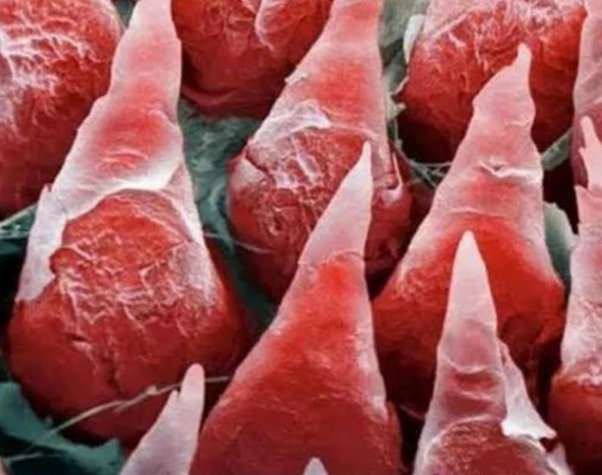 |
| Human tongue under microscope |
The human tongue is a remarkable organ that plays a crucial role in various functions, including taste, speech, and oral hygiene. Here's an overview of the human tongue and some of its amazing feats:
Anatomy:
- The tongue is a muscular organ located in the oral cavity. It is attached to the floor of the mouth and the hyoid bone.
- It consists of several muscles that allow for its diverse range of movements, such as protrusion, retraction, elevation, and lateralization.
- The upper surface of the tongue is covered with numerous tiny bumps called papillae, which contain taste buds.
Taste Perception:
- One of the primary functions of the tongue is taste perception. Taste buds, located on the papillae, detect different tastes: sweet, sour, salty, bitter, and umami (savory).
- Taste receptors within taste buds send signals to the brain, allowing us to perceive and differentiate flavors.
- The human tongue can detect a wide variety of taste sensations and plays a crucial role in our enjoyment of food.
Speech:
- The tongue is essential for speech production. It works in coordination with other oral structures, such as the lips, teeth, and vocal cords, to produce various sounds.
- The tongue's movement and placement against different parts of the mouth contribute to the articulation of different speech sounds and phonemes.
Oral Hygiene:
- The tongue's surface can accumulate bacteria, food particles, and debris. Cleaning the tongue is an essential part of maintaining oral hygiene.
- Regularly brushing or using a tongue scraper helps remove these deposits, reducing the risk of bad breath and improving overall oral health.
Versatility and Dexterity:
- The tongue is incredibly versatile, capable of performing intricate movements. It can roll, fold, curl, and flex to aid in various functions like chewing, swallowing, and manipulating food.
- It helps form a bolus (a small rounded mass of chewed food) and facilitates its movement from the mouth to the throat during swallowing.
Sensory Feedback:
- The tongue provides valuable sensory feedback. Its sensitivity to touch, temperature, and texture helps us perceive and enjoy different food and drink.
- It also aids in detecting potentially harmful substances, as an unpleasant taste or texture can warn us of spoiled or dangerous foods.
In addition to these functions, the tongue also assists in maintaining oral health by moistening the mouth through saliva production and promoting proper oral pH balance.
The human tongue's incredible versatility, taste perception, role in speech, and contribution to oral hygiene make it a truly remarkable organ with a wide range of amazing feats.
Source: Some or all of the content was generated using an AI language model

No comments:
Post a Comment